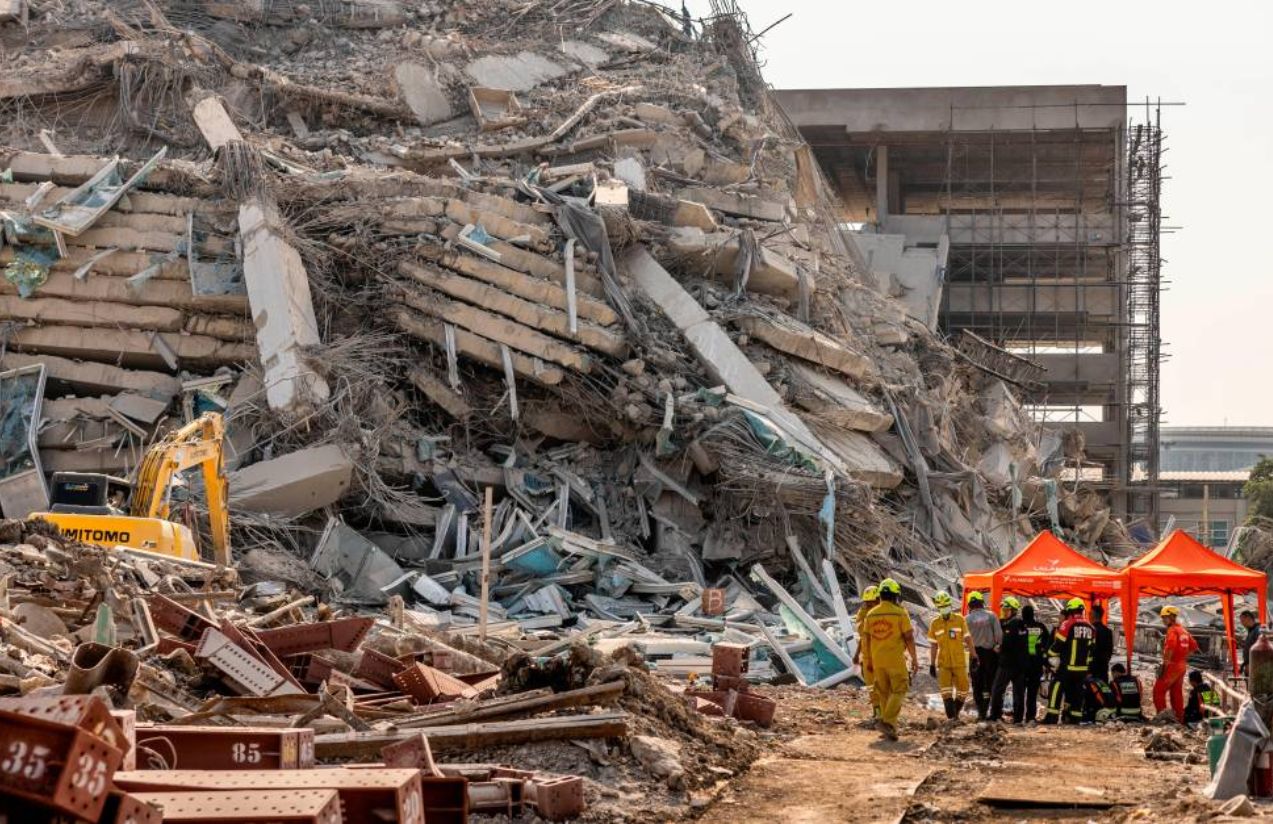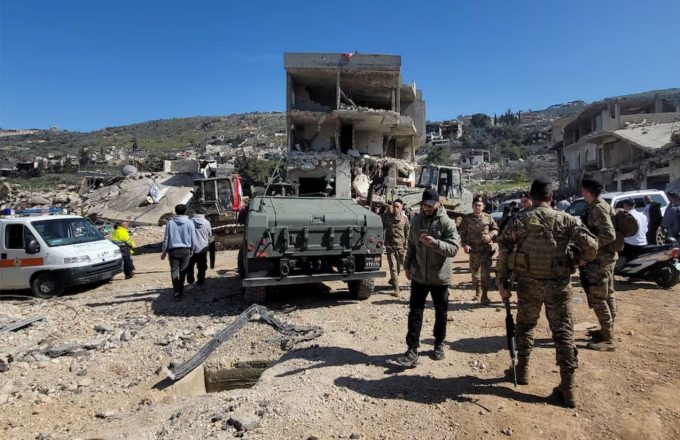Nearly a month after the devastating earthquake that struck Myanmar, basic services have yet to be restored in the hardest-hit areas, while rescue efforts continue amid frequent aftershocks and severe resource shortages, according to humanitarian organizations.
A report published on Friday night by the UN Office for the Coordination of Humanitarian Affairs (OCHA) warned that frequent aftershocks continue to shake central Myanmar almost daily, increasing fear among residents, interrupting relief efforts, and putting further pressure on already limited resources.
“Three weeks after the catastrophic earthquakes in Myanmar, the most affected communities still lack safe shelter, drinking water, electricity, medical care, and essential services,” the report stated.
The 7.7 magnitude earthquake had its epicenter near Mandalay, Myanmar’s second-largest city, but its impact was felt across six regions and states, including the capital, Naypyidaw. In addition to material damage, the earthquake exacerbated an already dire humanitarian crisis due to internal conflict, which has displaced over three million people and left nearly 20 million in need, according to United Nations data.
According to the state newspaper Myanma Alinn, the death toll has reached 3,726, with more than 5,100 injured and at least 129 people still missing. The report also noted that nearly 2,000 international rescuers and medical workers from 25 countries collaborated with local teams, managing to rescue 653 people and recover 753 bodies from the rubble.
The report outlined the extent of the damage: over 65,000 houses and buildings destroyed, including 2,500 schools, 4,300 Buddhist monastic dwellings, 6,000 pagodas and temples, 350 hospitals and clinics, 170 bridges, 586 dams, and 203 sections of the country’s main roads.
Myanmar’s Fire Services Department reported on Friday that rescue teams continue to search for survivors, clear debris, and recover valuables found amid the wreckage. In Mandalay, two bodies were recently recovered.
A representative from the Myanmar Rescue Federation in Mandalay, who requested anonymity, told the Associated Press that the current priority, three weeks after the earthquake, is to clear bodies and debris from the larger buildings while providing assistance to the earthquake survivors. He mentioned that the daily recovery rate has decreased to just one or two bodies.
Another emergency worker, also in Mandalay and speaking on condition of anonymity, noted that the number of rescue teams operating in Mandalay has been steadily declining, as most international teams have returned to their countries after considering the search for survivors as completed. Local rescue workers are now mainly engaged in debris removal and providing assistance.
The United Nations Development Programme (UNDP) estimated earlier this month that at least 2.5 million tons of rubble—equivalent to about 125,000 trucks—need to be cleared, based on satellite imagery analysis.
On Friday, UN-Habitat stated that it is working alongside Myanmar’s Engineering Society to assess the widespread damage to buildings in the earthquake-affected regions.
In Naypyidaw, nearly all rescue operations have ceased. Many government buildings that were damaged in the quake remain unrepaired. In residential areas, locals have largely taken on the task of clearing debris themselves, according to residents who requested to remain anonymous for security reasons.
On Saturday, Myanma Alinn reported that General Min Aung Hlaing, head of the military government, announced during a cabinet meeting that Naypyidaw’s urban design would be redone.
Myanmar’s capital, built almost from scratch in 2006, is known for its broad, underutilized multi-lane roads and grand government buildings, most of which remain sparsely used.



















